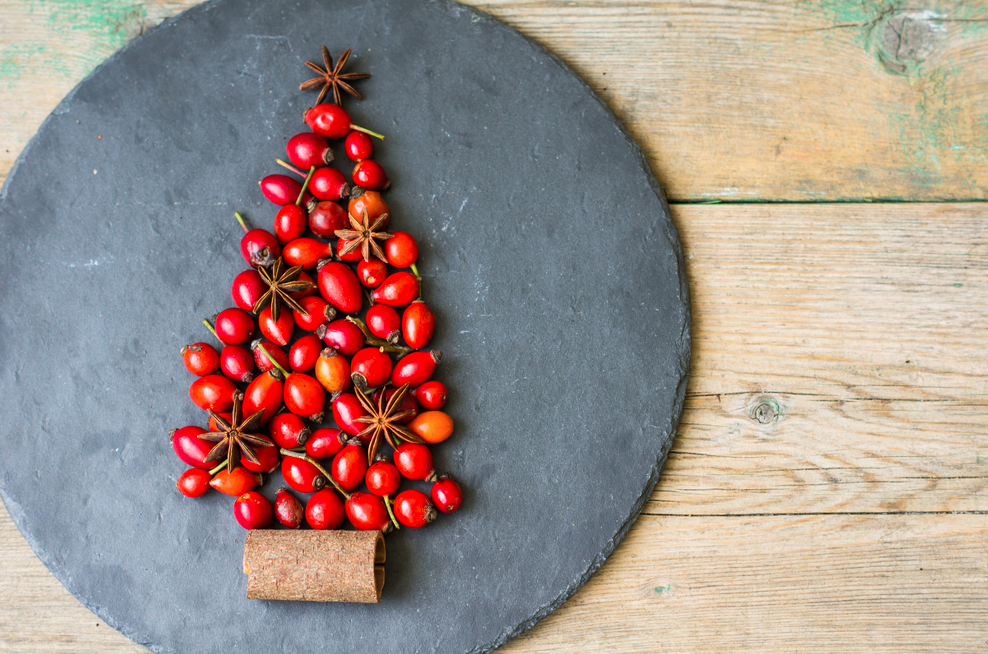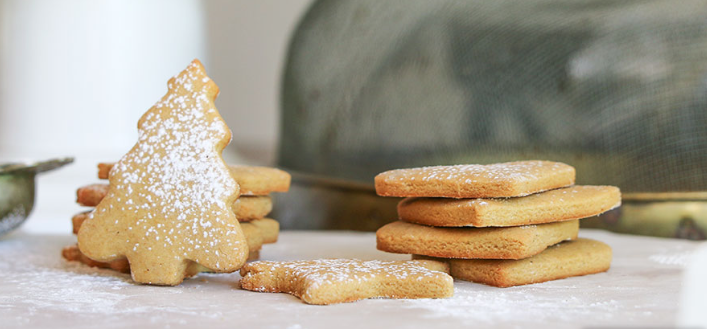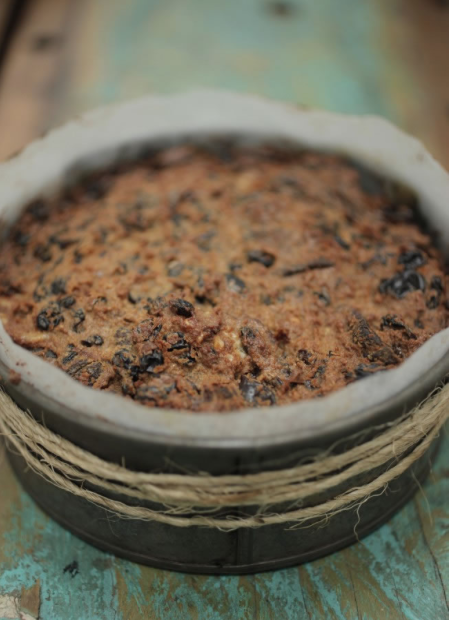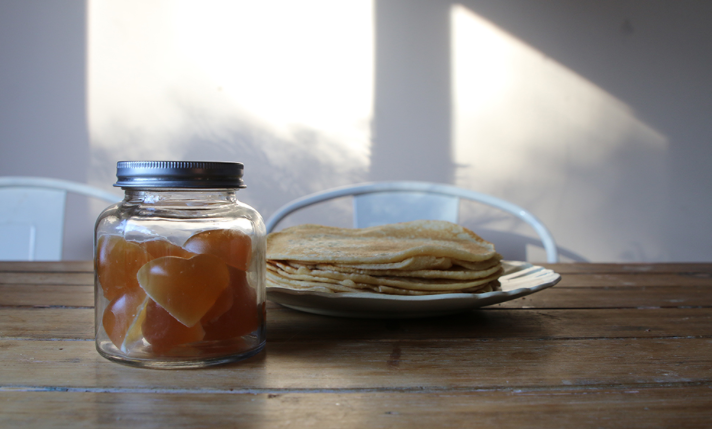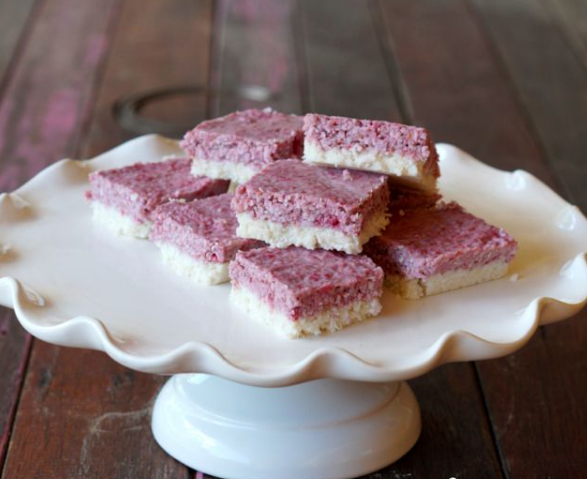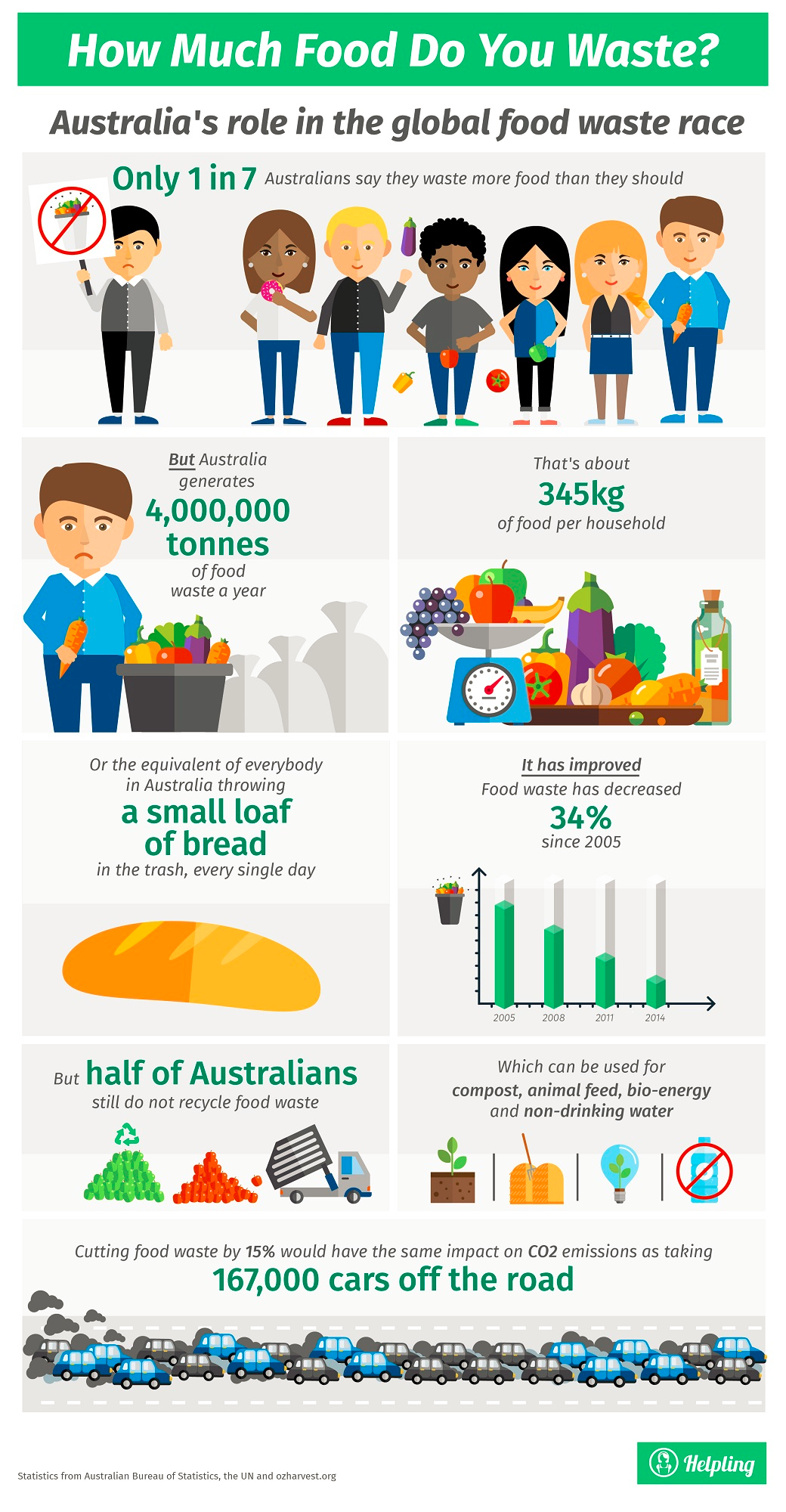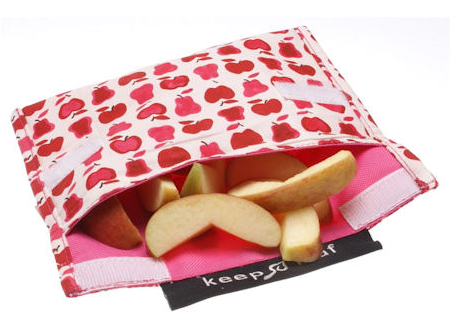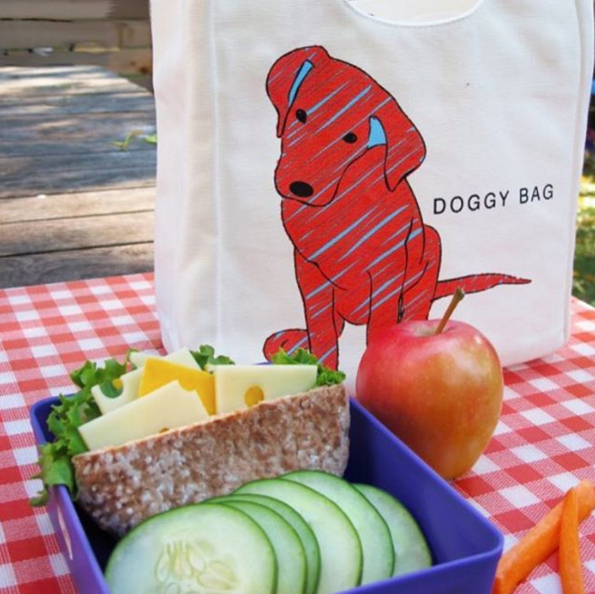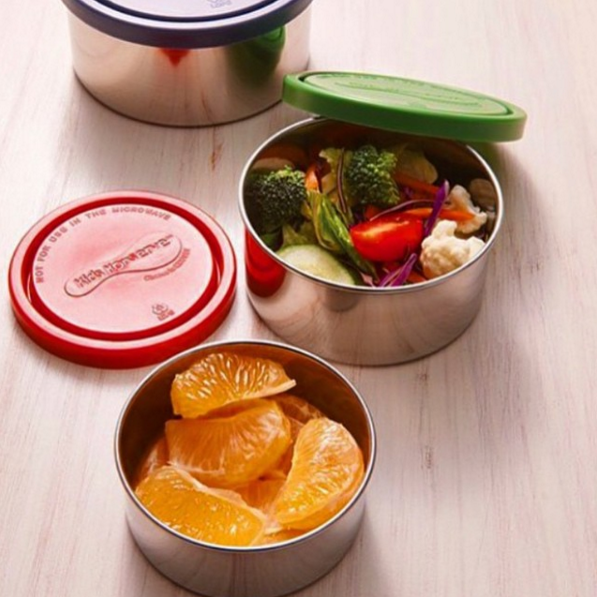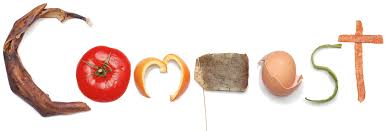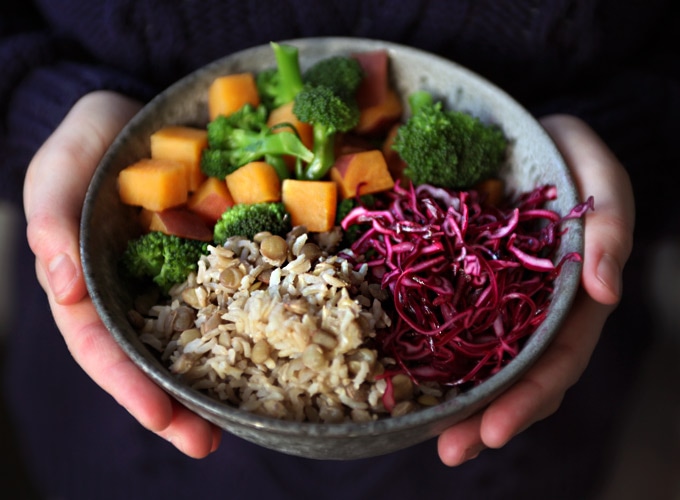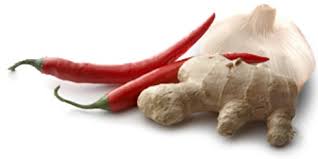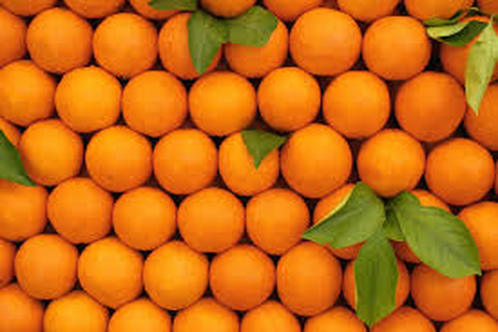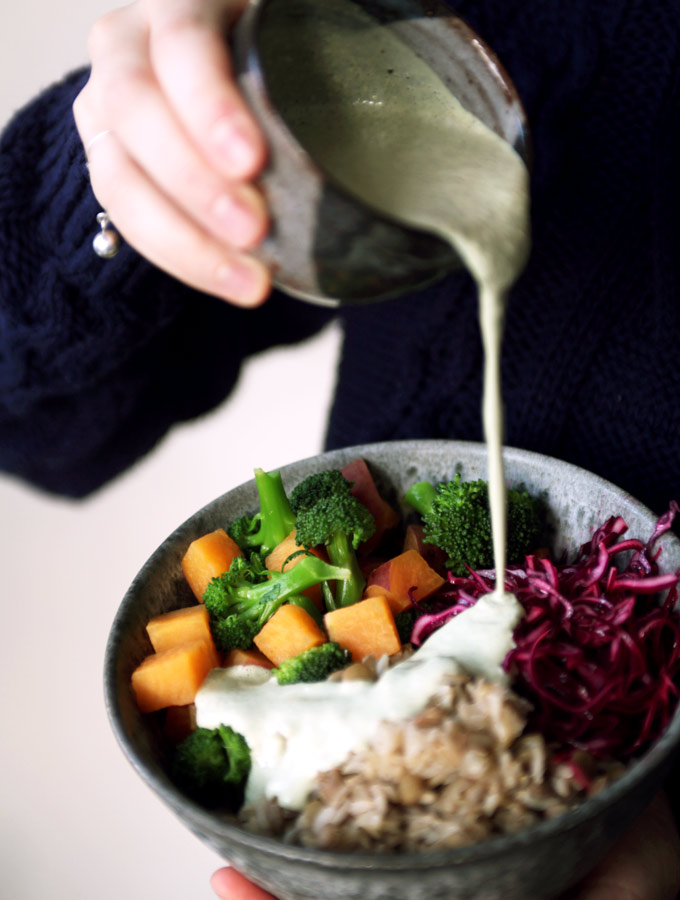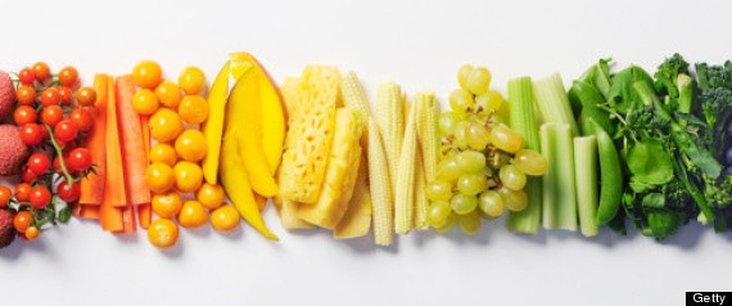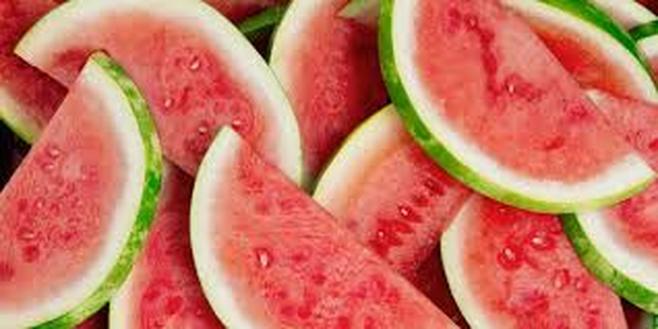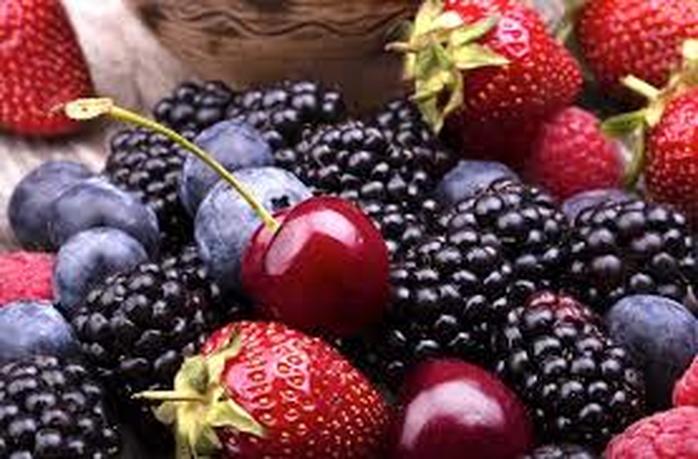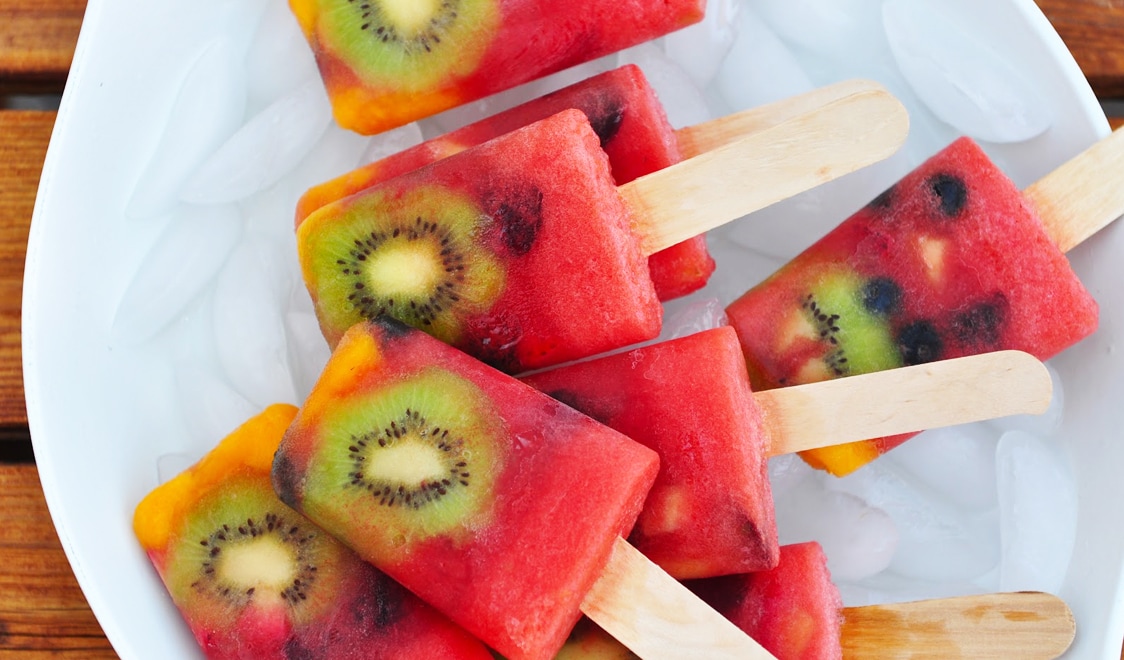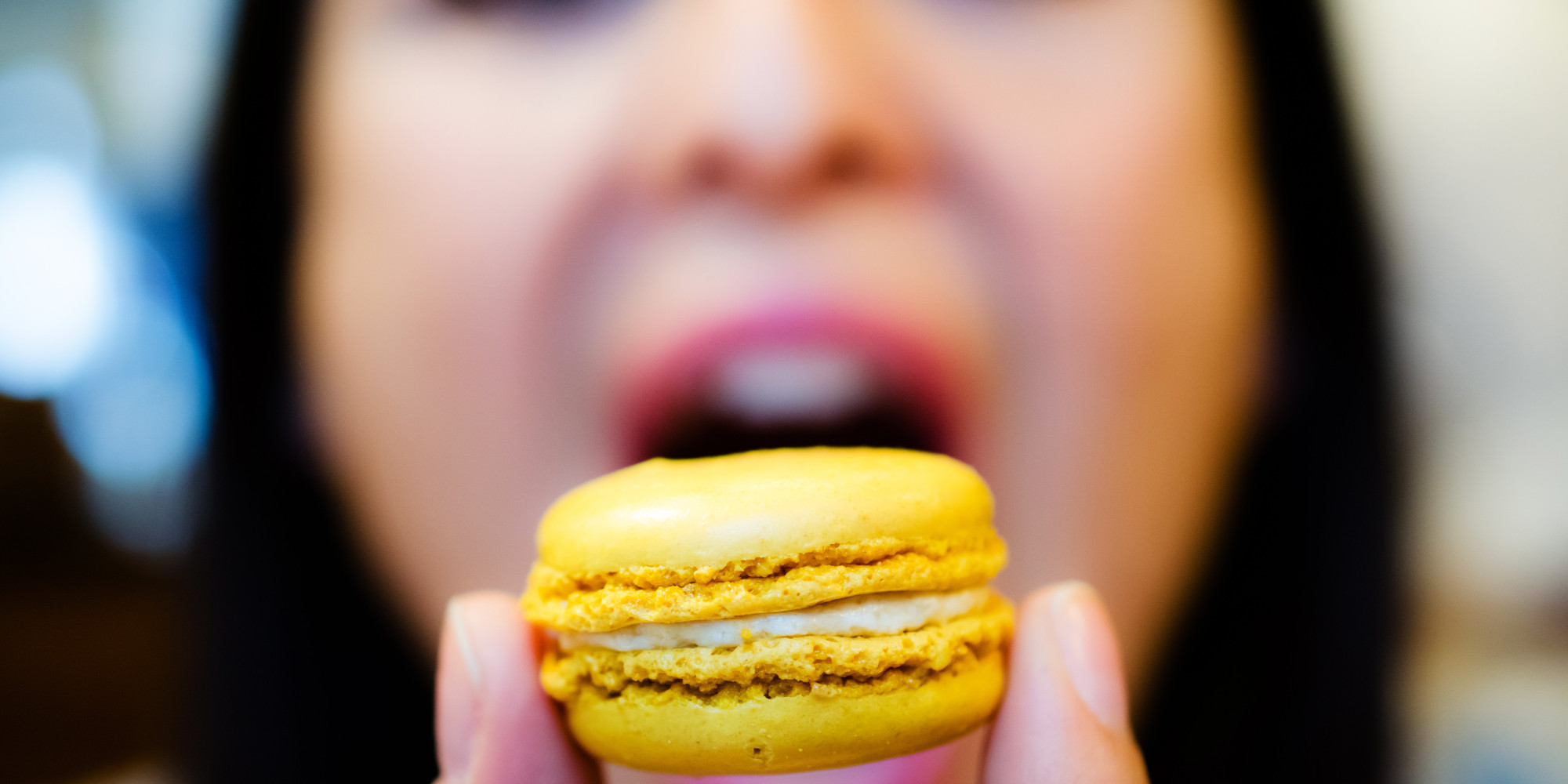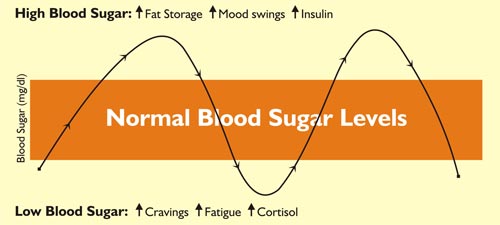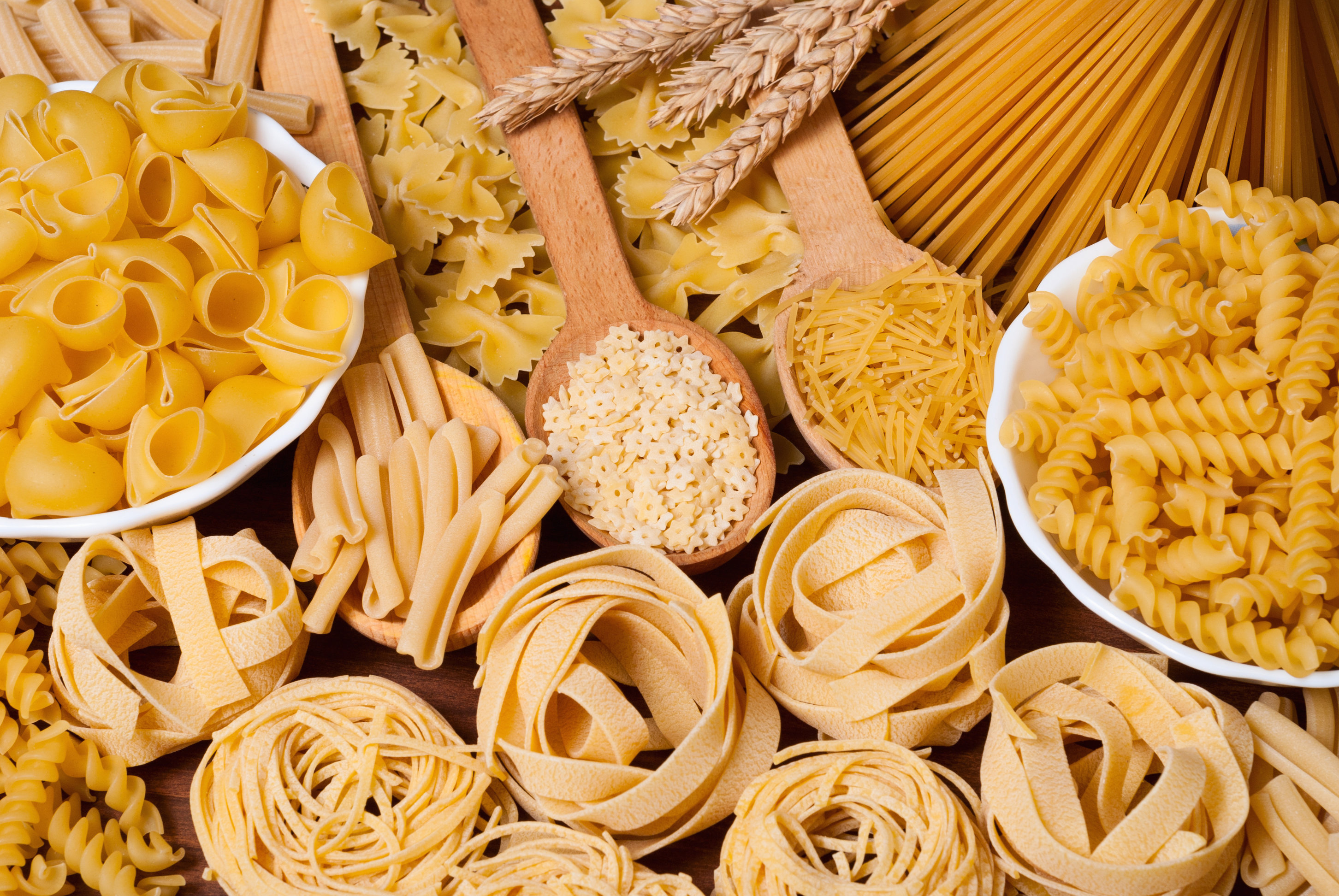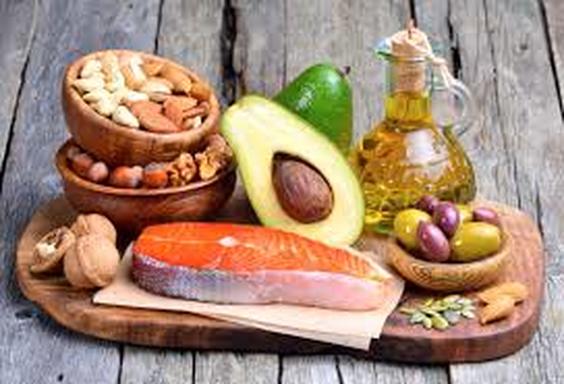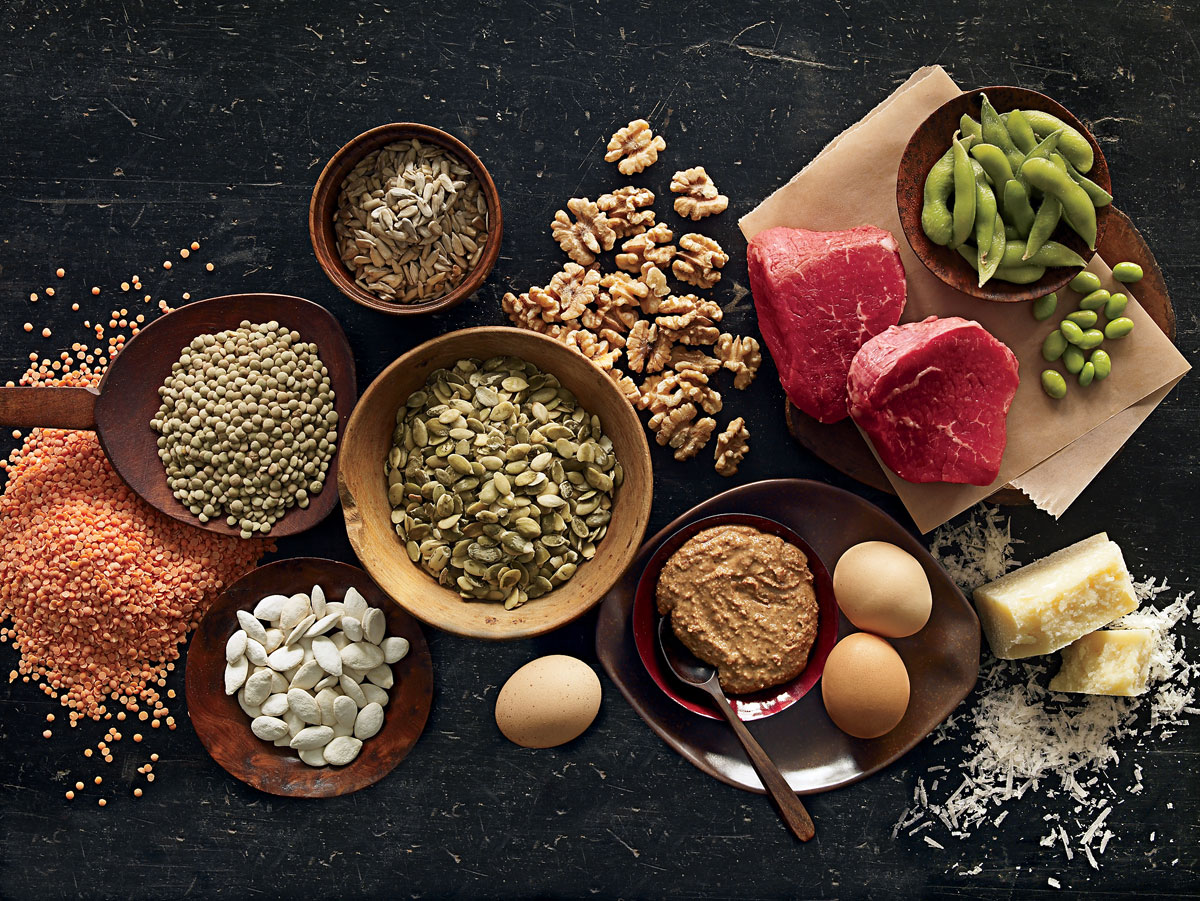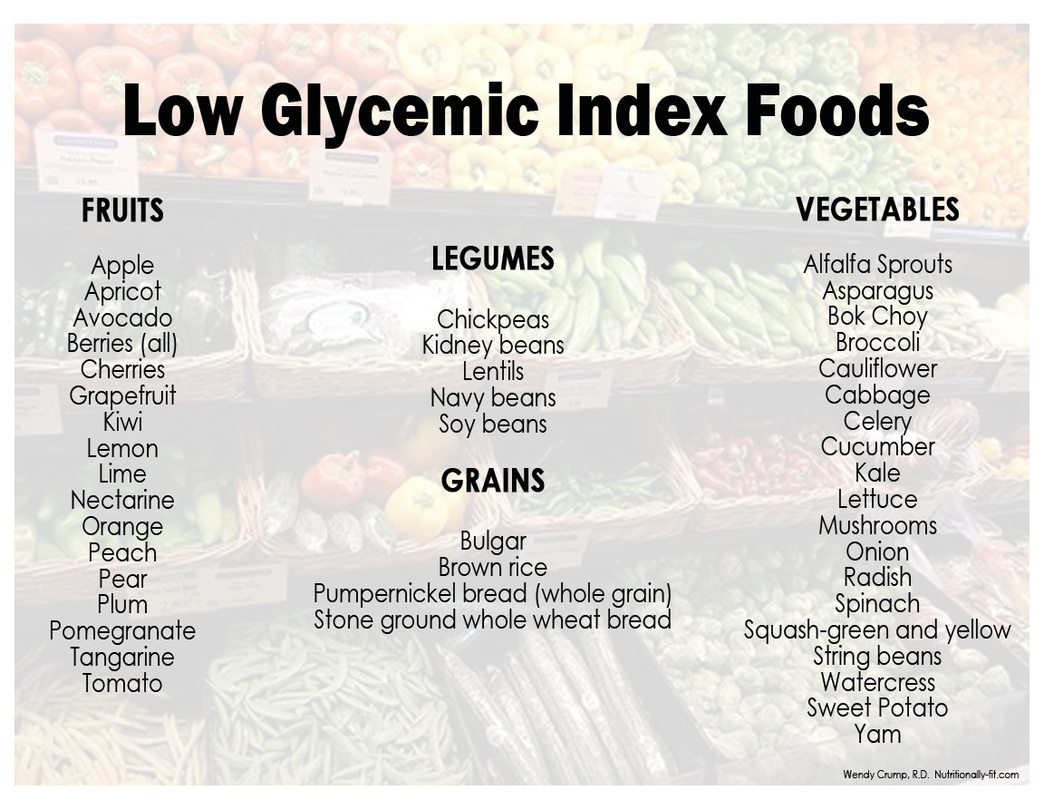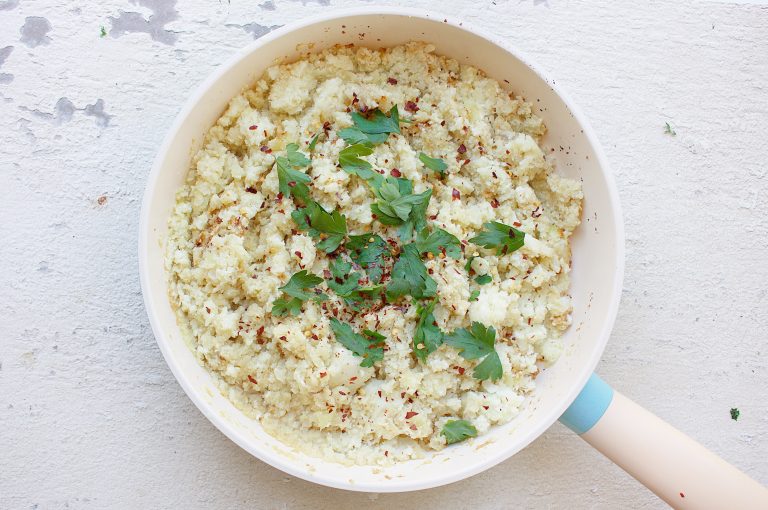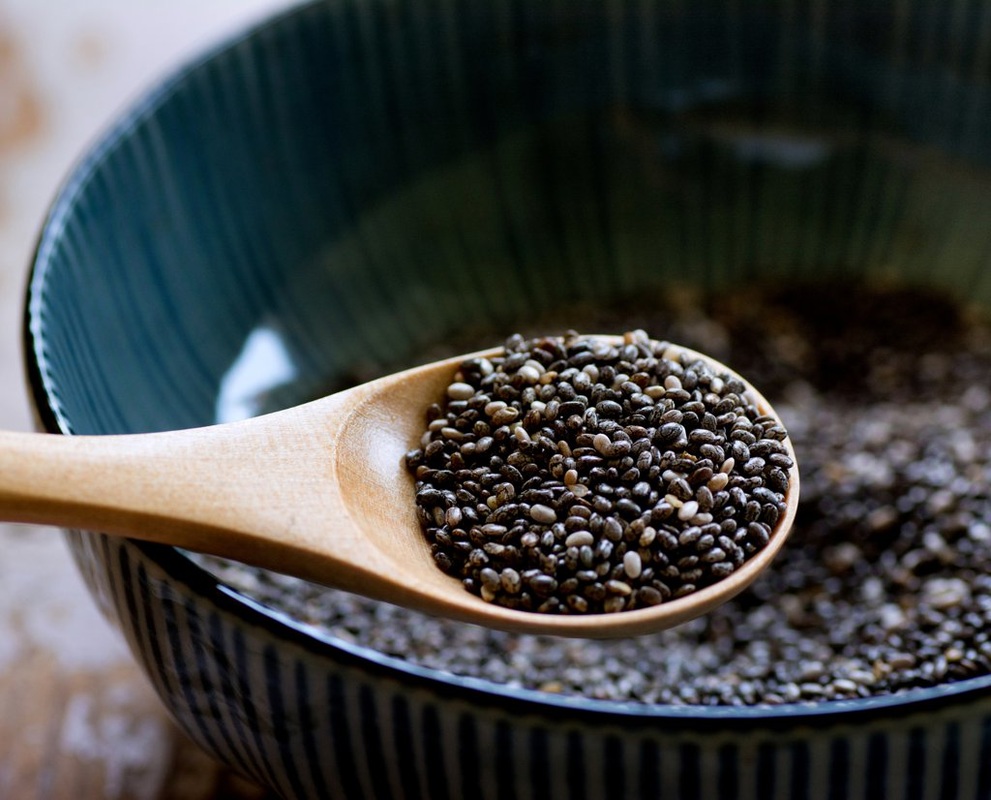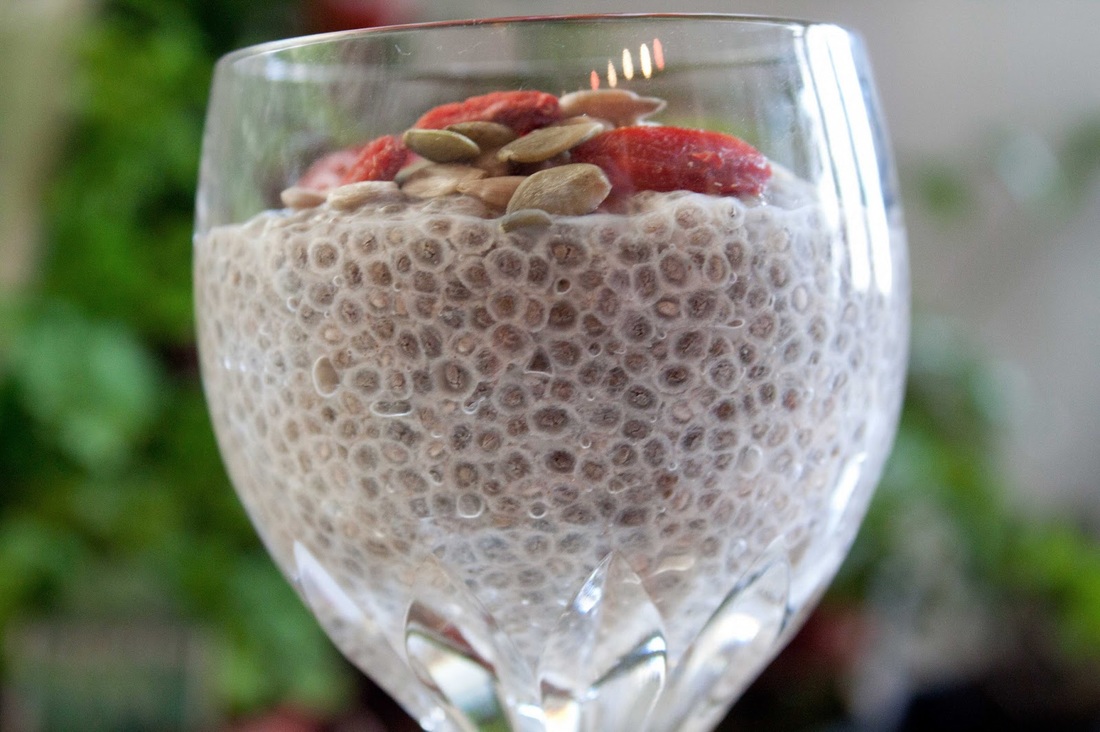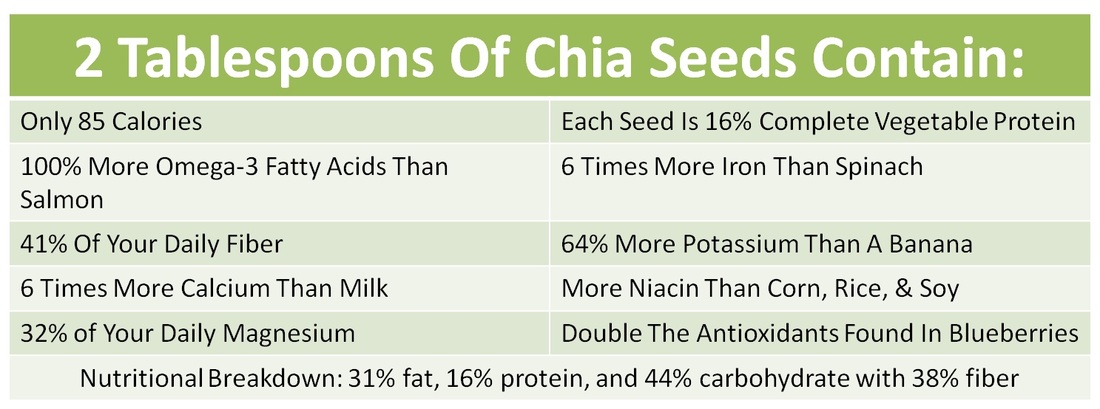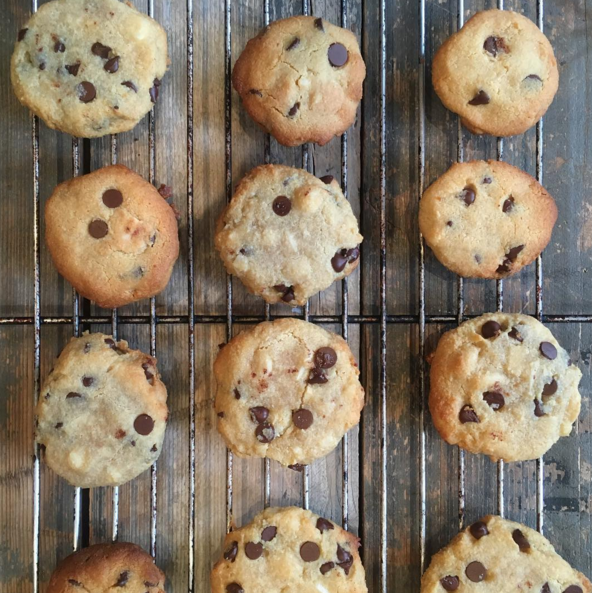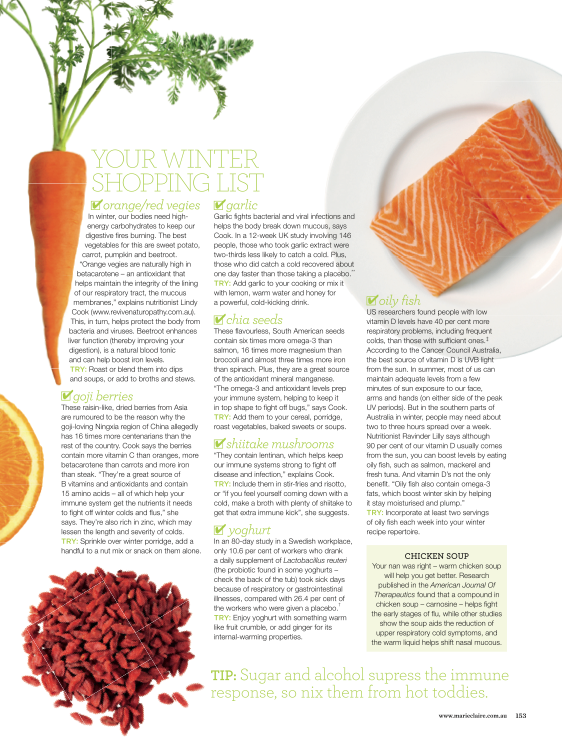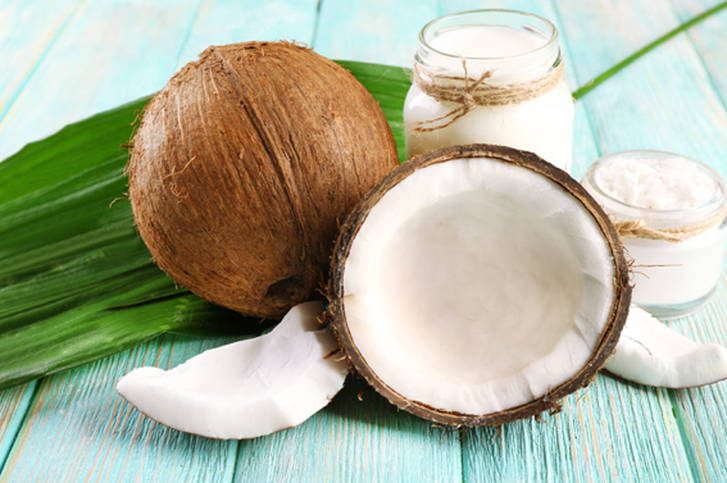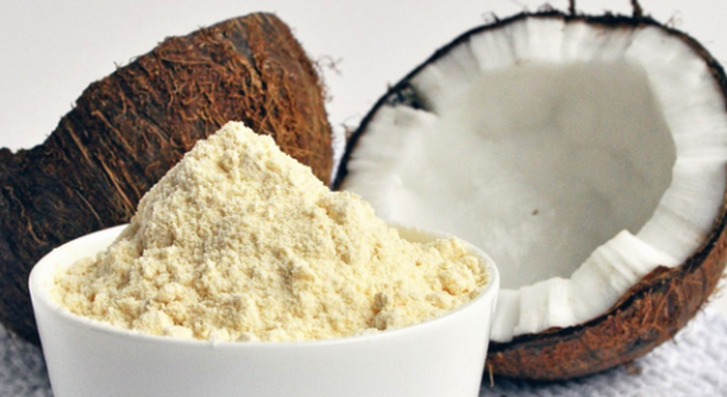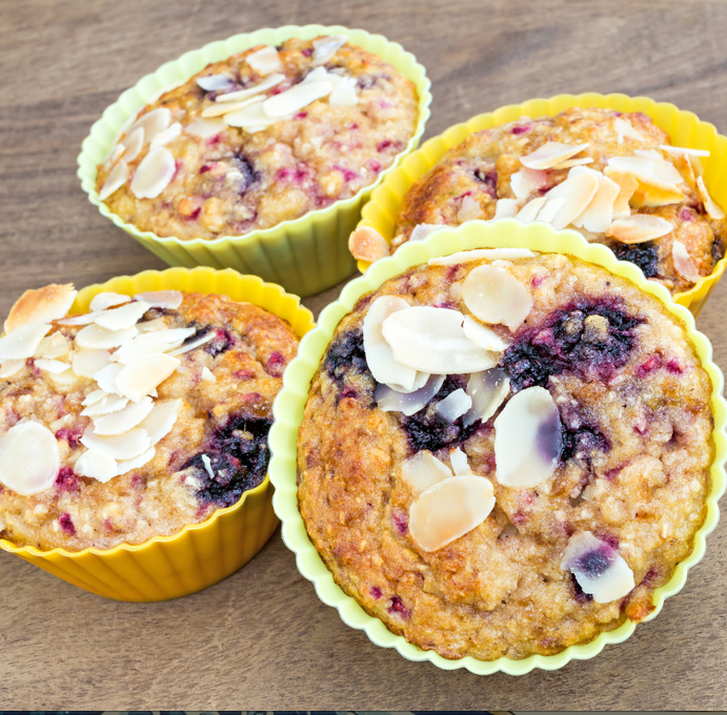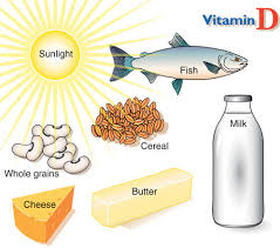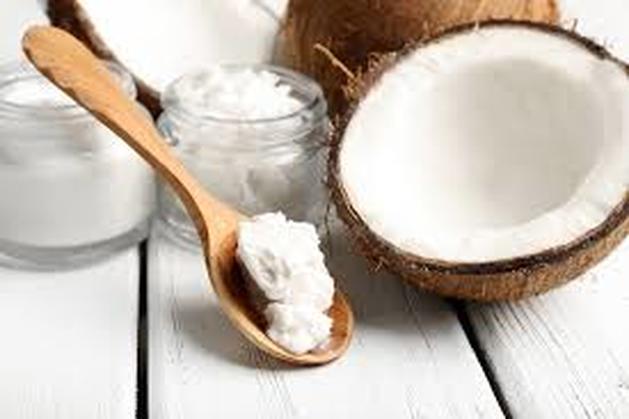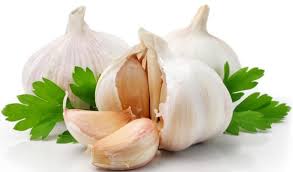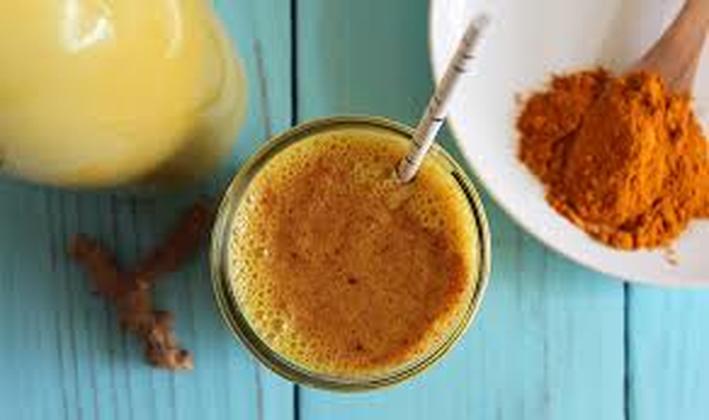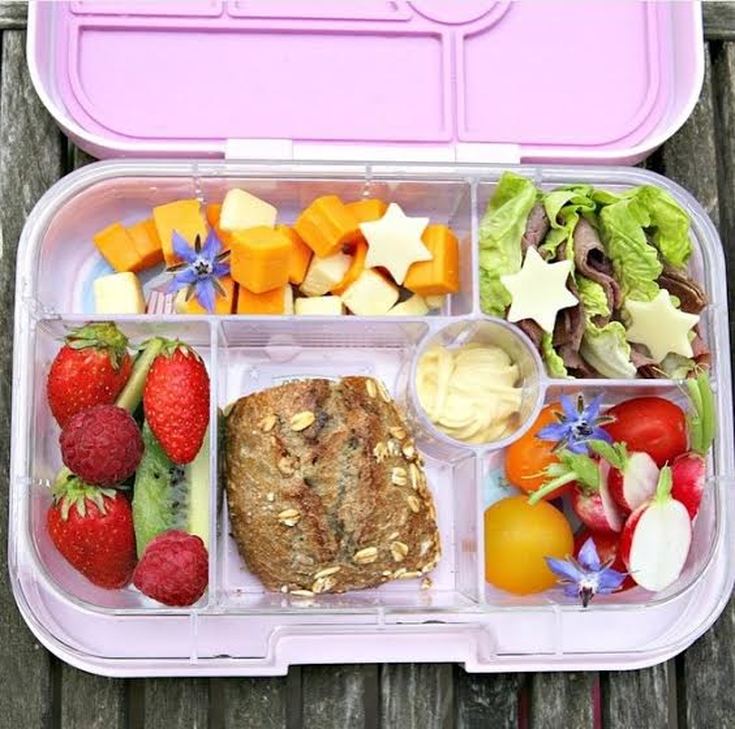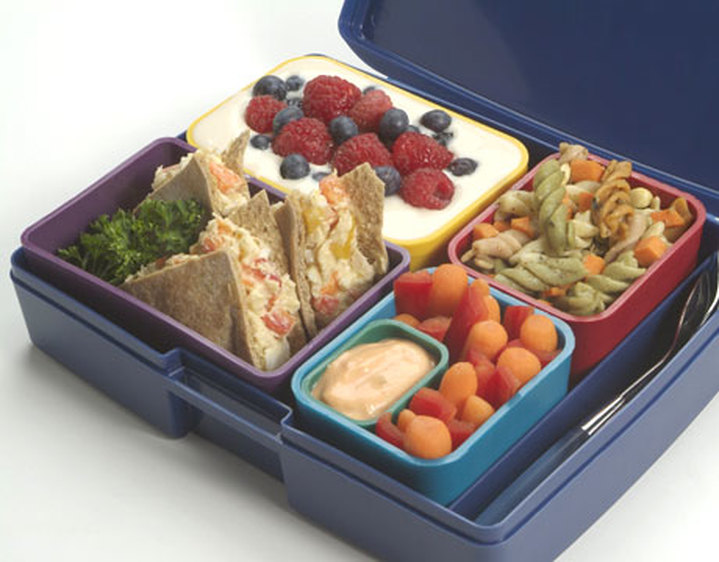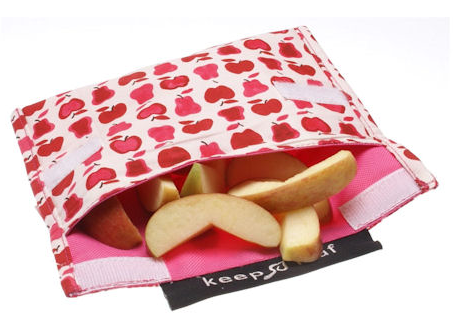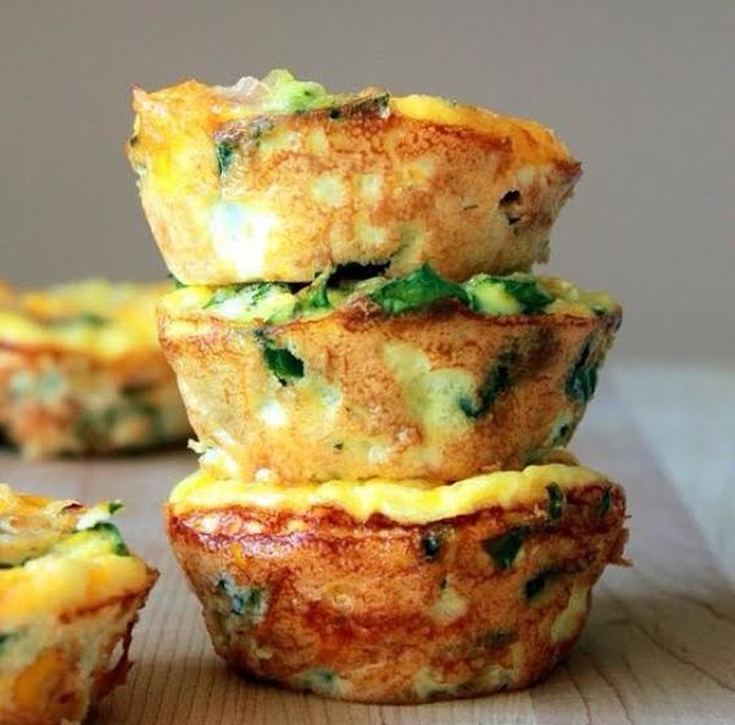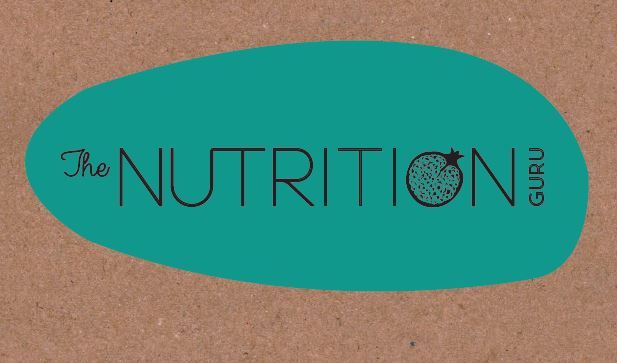My Favourite Christmas Treats
I love giving food as a present and for so many reasons. Let's face it, we live in a time of excess. We buy too much, often it's things we don't need and little thought goes into it. Christmas can be the penultimate time for this. The thing about food is that not only do we make its with love, it's a gift of love. When we cook a little of our heart and soul goes into it. It's also the perfect way to avoid the excess that so often goes with Christmas. And who doesn't love being given some beautiful food to share with others. To me, that's what this time of year is really all about. Sharing food and love with those you care about most.
So here they are, my favourite Christmas treats. I would love to hear if you have any other healthy recipes that are your go to for Christmas time or you give every year. Let's share some of the food love around:)
Wishing you all a safe, happy and healthy Festive season and a wonderful 2018.
Lindy xxx
Preheat oven to 160c (320F)
You will need, a mixing bowl, something to melt butter in, oven trays with baking paper lining them. A hungry mouth.
Ingredients
- 1 tbs ground ginger powder
- 1 egg lightly beaten
- 60g melted butter*
- 1/2 tsp mixed spice powder
- pinch of sea salt
- 1/2 cup pure maple syrup
- 1/2 tsp baking powder
- 1 cup brown rice flour
- 1 cup besan (chickpea) flour
Method
Mix all ingredients in a bowl until it forms together in a ball, like pastry. Sprinkle some additional rice flour on a clean bench-top or pastry board and then on top of the ball of gingerbread and roll out with a rolling pin until about .7cm thick. If you think your ‘dough’ is too wet, add some more besan or rice flour to it – this may depend on the size of your egg. Cut into shapes and gently lift onto your baking tray, rolling out the remainder, sprinkling with rice flour and repeating. Bake for 15 minutes or until edges are browned. Allow to cool for 5 minutes on the tray before sliding onto a wire rack.
http://thewholedaily.com.au
INGREDIENTS (16 - 20 SMALL SERVINGS)
600 g mixed dried fruit or a mix of the following (raisins, apricot, sultanas)
1 teaspoon ground cinnamon
1 teaspoon vanilla bean extract or paste
¼ teaspoon nutmeg
zest and juice from 1 orange
3 tablespoons extra virgin olive oil
3 organic eggs
200 g (2 cups) ground almonds
50 g walnuts
METHOD
- Preheat your oven to 160C fan forced.
- Prepare a 20 cm round cake tin with baking paper lining the sides and the base.
- Combine dried fruit, spice, vanilla, orange zest + juice, olive oil and eggs.
- Add the almonds and walnuts and mix through.
- Spoon Christmas Cake batter into your baking tin.
- Bake for 1 hour and 30 minutes. Check with a skewer to see if it comes out clean, if not bake for another 30 minutes.
- Cover the top if necessary to prevent over-browning.
- Cool, then remove from the tin and store in an airtight container in the fridge for up to 1 month.
+ notes & inspiration +If you wish to soak your Christmas cake in orange liqueur, as soon as you remove the cake from the oven, skewer holes through the cake and drizzle over ¼ cup orange liqueur so it can penetrate through the holes and infuse into the cake. This cake can also be served as a pudding served with vanilla bean custard or thick natural yoghurt.
https://www.thehealthychef.com
Makes approximately 26 balls
You will need:
1 cup raw cashews
1 cup unsweetened coconut flakes
1/2 cup puffed amaranth
1/2 cup goji berries, plus optional extra 1 cup for rolling*
1/3 cup sunflower seeds
6 medjool dates
4 tablespoons maqui berry powder
3 tablespoons coconut oil
2 tablespoons coconut nectar
1 tablespoon maca powder
1/2 teaspoon vanilla powder
Place all ingredients into a high-powered food processor. Combine until well ground and the oils have started to release. The mixture should be slightly tacky. Remove from food processor and with your hands roll very firmly into balls of 2cm diameter. Place the extra 1 cup of goji berries into the food processor and whizz to form a smooth 'dust'. Roll balls in the goji berry dust. Store in an airtight container in the fridge for up to two weeks.
* It will be difficult to obtain a goji dust if you're gojis are moist and/or if you don't have a high-powered blender. Mine were very dry so ground into dust easily. If your gojis are squishy I'd suggest rolling the balls in desiccated coconut instead.
by The Holistic Ingredient
Ingredients:
- Makes around 20-24 in small molds
4 tbs grass-fed gelatin (such as Great Lakes or Gelpro) - 2/3 cup fresh, organic juice (we use lemon with a dash of orange)
- 1-2 dessertspoon of honey, xylitol, maple syrup or rice malt syrup (if you must!)
- sprinkle a little bit of ground turmeric into the mix for added anti-inflammatory, anti-fungal, anti-bacterial and anti-microbial goodness.
- Place ingredients in a small saucepan and stir over medium heat until the gelatin dissolves.
- Pour into your molds and place in the freezer for 30 minutes
- pop out of the molds and store in an air-tight jar or container for up to two weeks
http://thewholedaily.com.au
INGREDIENTS
- 3 cups desiccated coconut
- 3/4 cups coconut milk
- 150g coconut oil
- 3/4 cup fresh raspberries (or frozen, just be sure to thaw them out first)
- 1/4 cup raw honey or brown rice syrup
- 1 tsp. vanilla extract
NOW WHAT
- Line the base of a 15 x 25cm slice tin.
- In a saucepan over low heat place the coconut oil, coconut milk, vanilla + natvia. Stir until melted + combined.
- Remove from heat + combine with desiccated coconut in a separate bowl.
- Press half the mixture into the prepared tin + place into the freezer. Leave in the freezer until just firm.
- Meanwhile, in a food processor (we use our Vitamix) whiz the raspberries until smooth. Combine the raspberries with the remaining coconut mixture. It should be pink!
- Take the tin out of the freezer + press the pink mixture on top of the white. Place back into the freezer until firm (about 30 minutes).
- Cut into slices + enjoy!
- Store the slice in an air tight container in the fridge for up to 5 days.
https://themerrymakersisters.com
